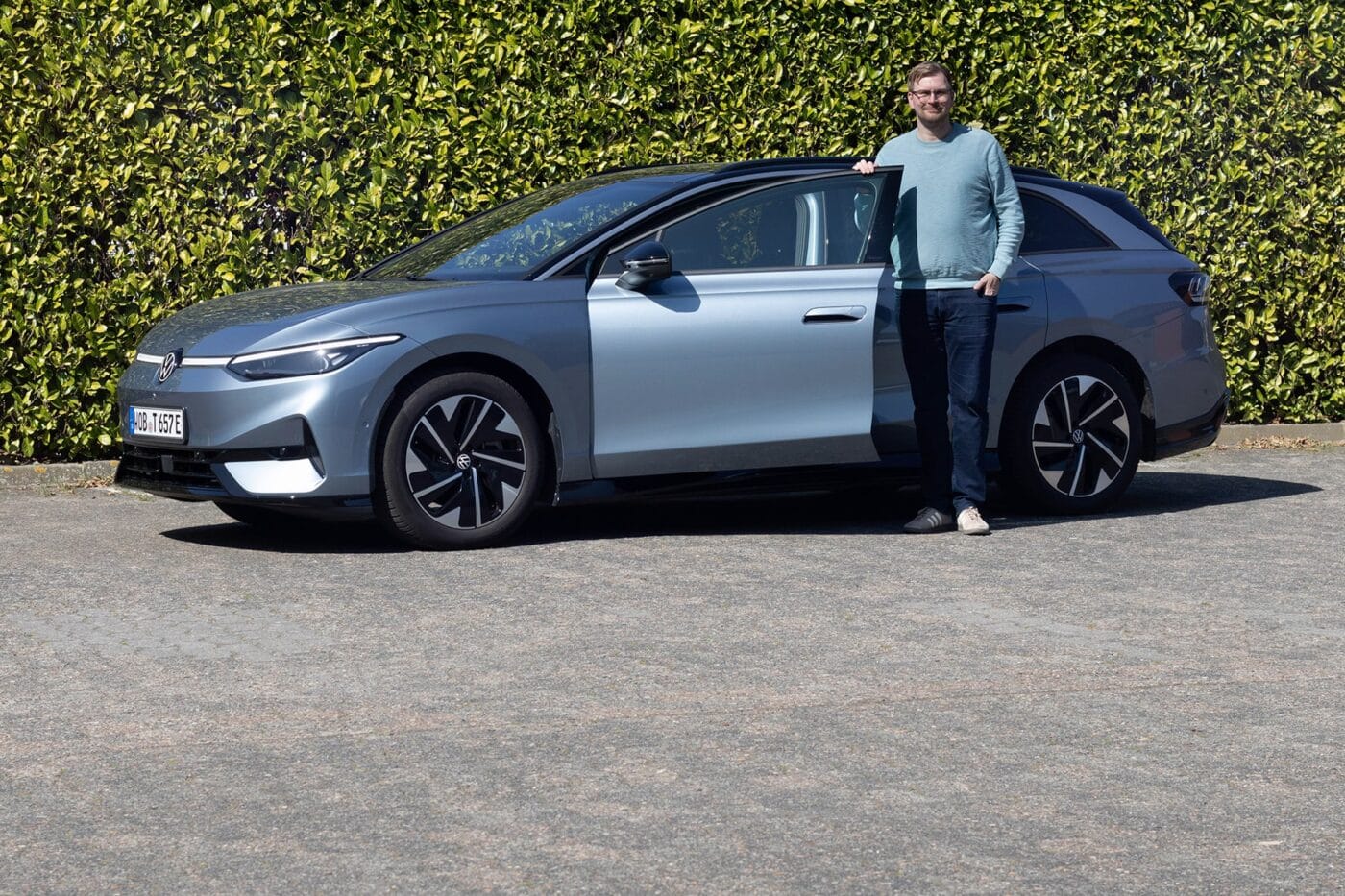
Testing the VW ID.7 Tourer Pro S: What the Passat successor with a plug has in store?
Volkswagen and electric cars – it was not a success story for quite some time. But the tide is turning. By 2024, VW had become the most popular EV brand in Germany. That trend has continued into this year. The most popular EV in 2025 so far? The Volkswagen ID.7 – not just within the brand, but across all manufacturers and models.
Germany’s Federal Motor Transport Authority (KBA) does not distinguish between the saloon and estate versions of VW’s flagship electric model, so we don’t know exact registration figures. But in estate-loving Germany, it’s fair to assume most buyers are opting for the ID.7 Tourer. That’s the very model we tested – the Pro S variant, which offers the highest range in the line-up.
More Passat than ID. in design
Just by looking at it, it is clear that the ID.7 is intended to rival the Passat. From the front, the closed-off grille and sharpened air inlets distinguish it from its combustion sibling – but at a quick glance, it is quite likely to confuse the two vehicles.
It gets even trickier when looking at the car’s profile. Only in direct comparison is it obvious that the 4.96-metre-long electric estate – just 4.4 cm longer than the Passat Variant – features slightly chunkier front and rear sections, along with shorter overhangs. The wheelbase is significantly longer too: 2.97 metres versus the Passat’s 2.84.
Much the same applies to the rear. Beyond reading the model badge, only a trained eye might tell them apart. The roofline drops off earlier into a flatter rear window than on the Passat – hence the name ‘Tourer’ rather than ‘Variant’. The ID.7 also features a notably broader light strip, along with a black diffuser that marks it out as an EV.
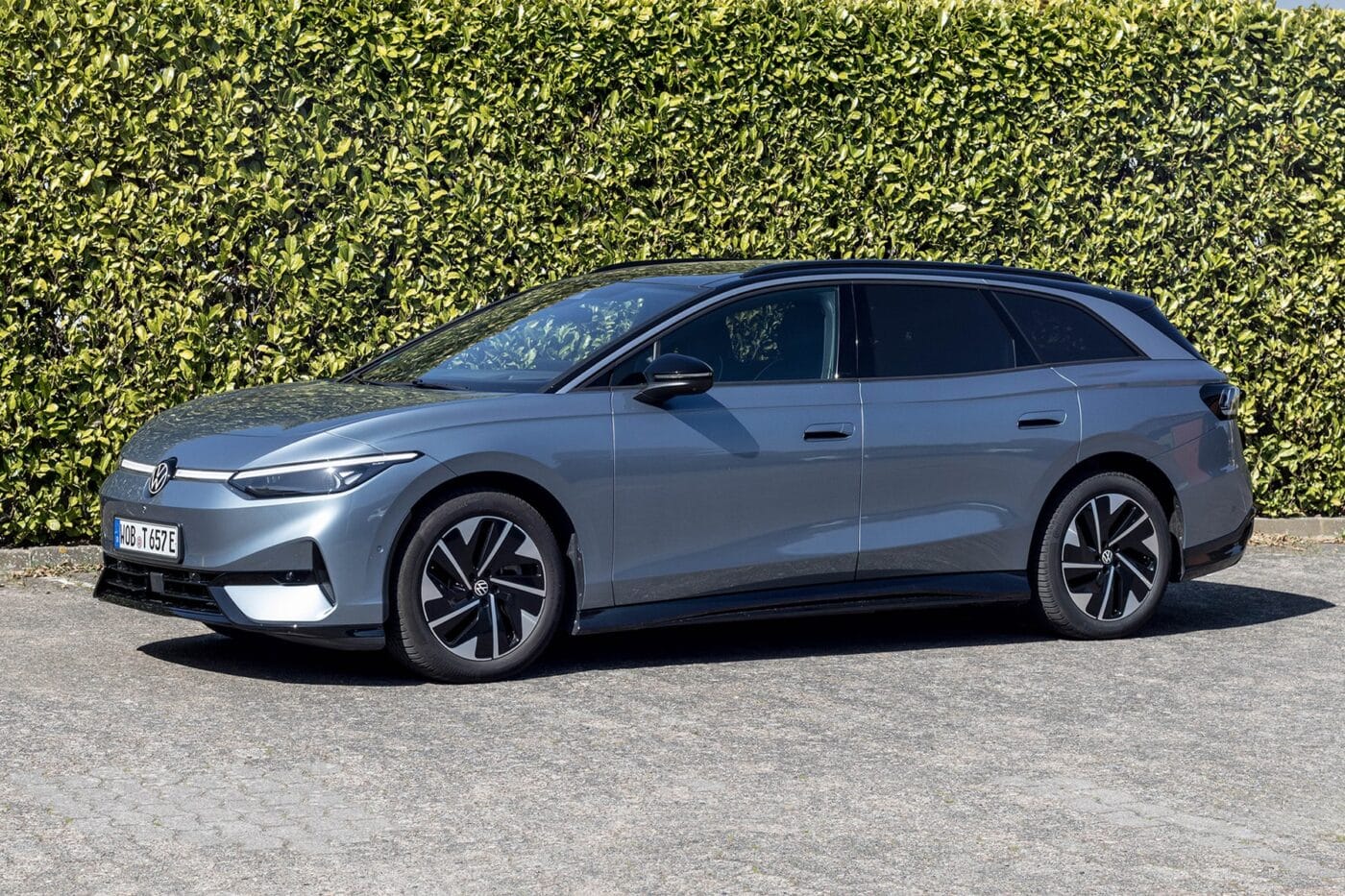
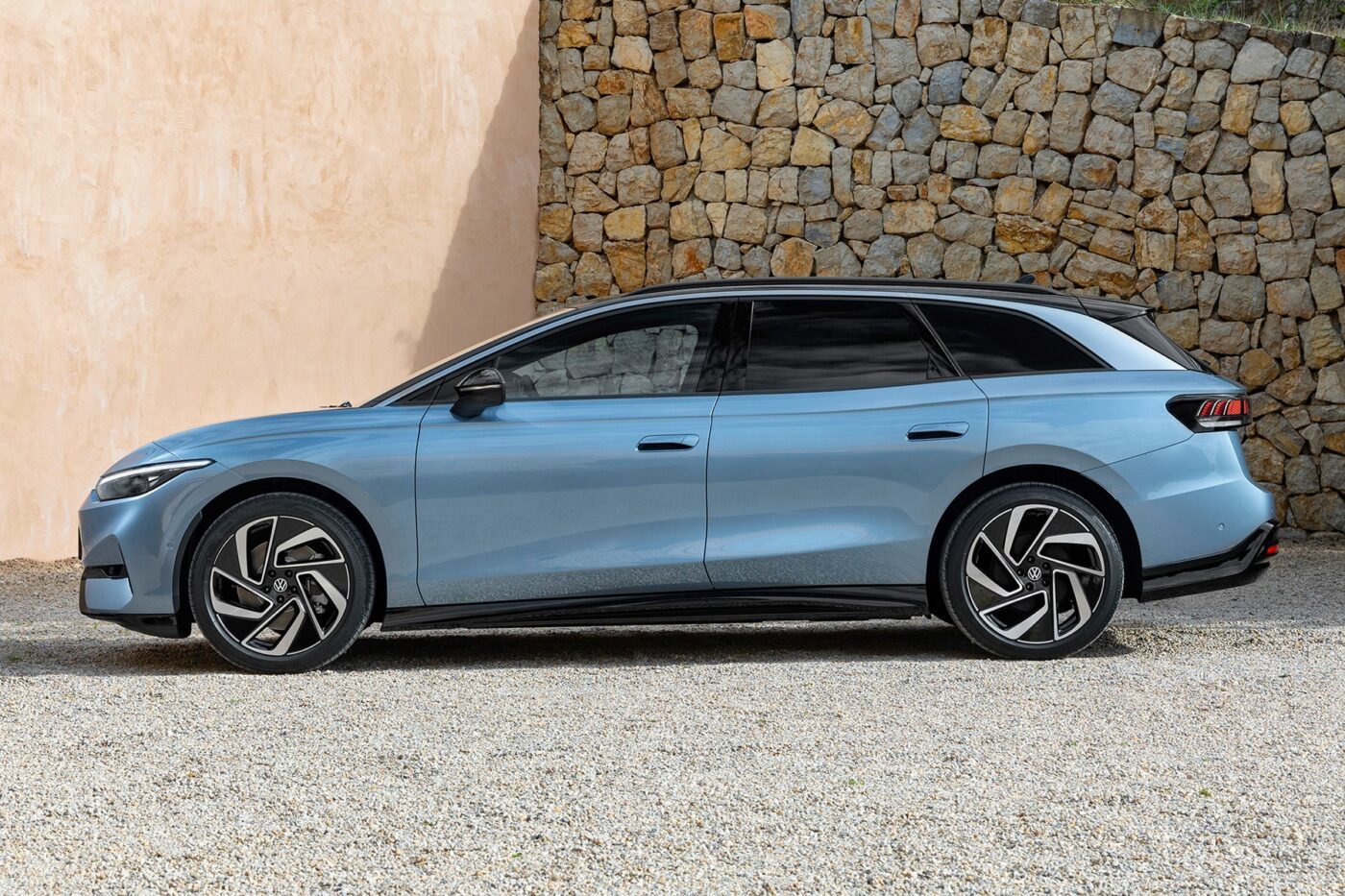
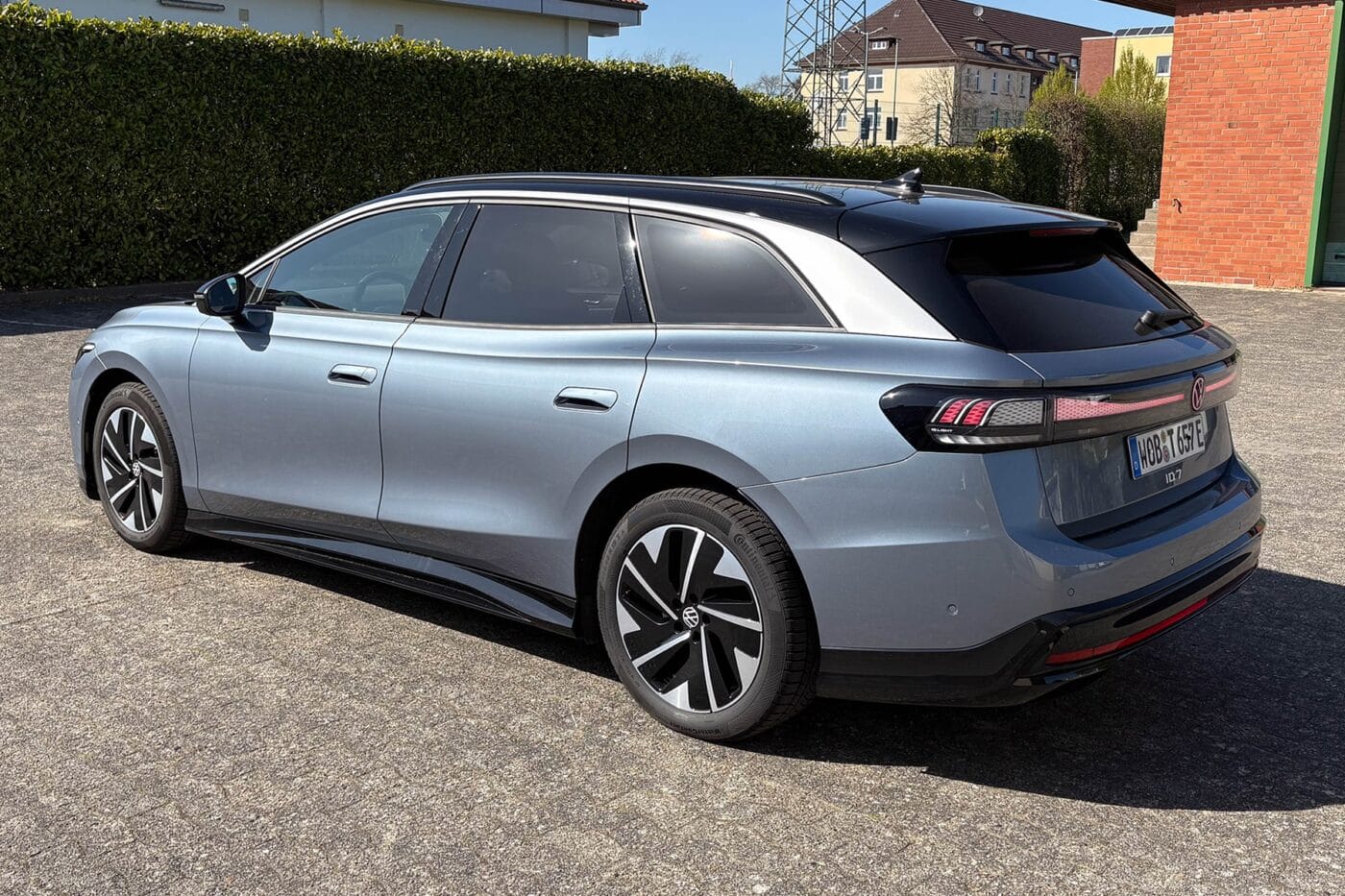
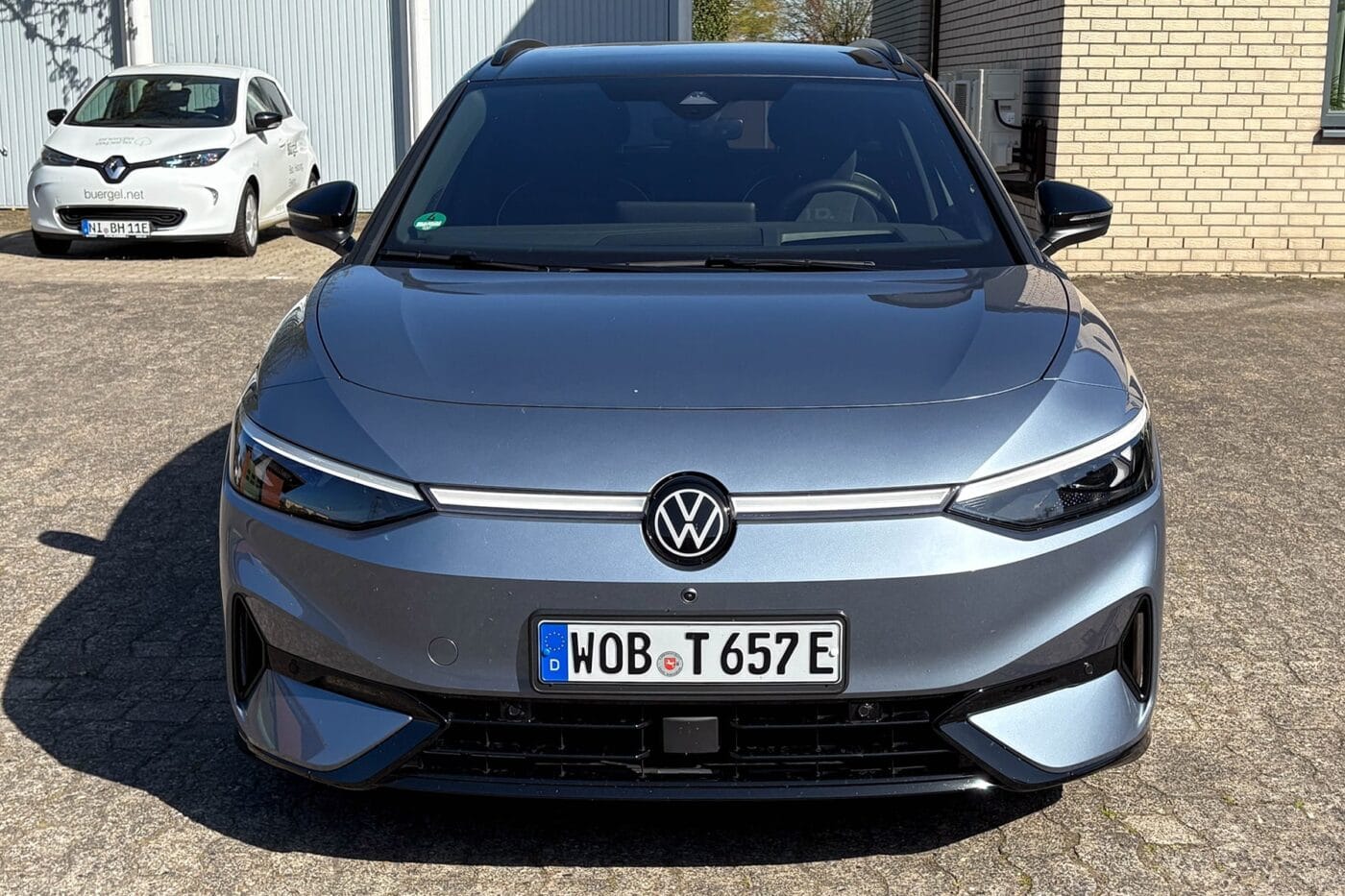

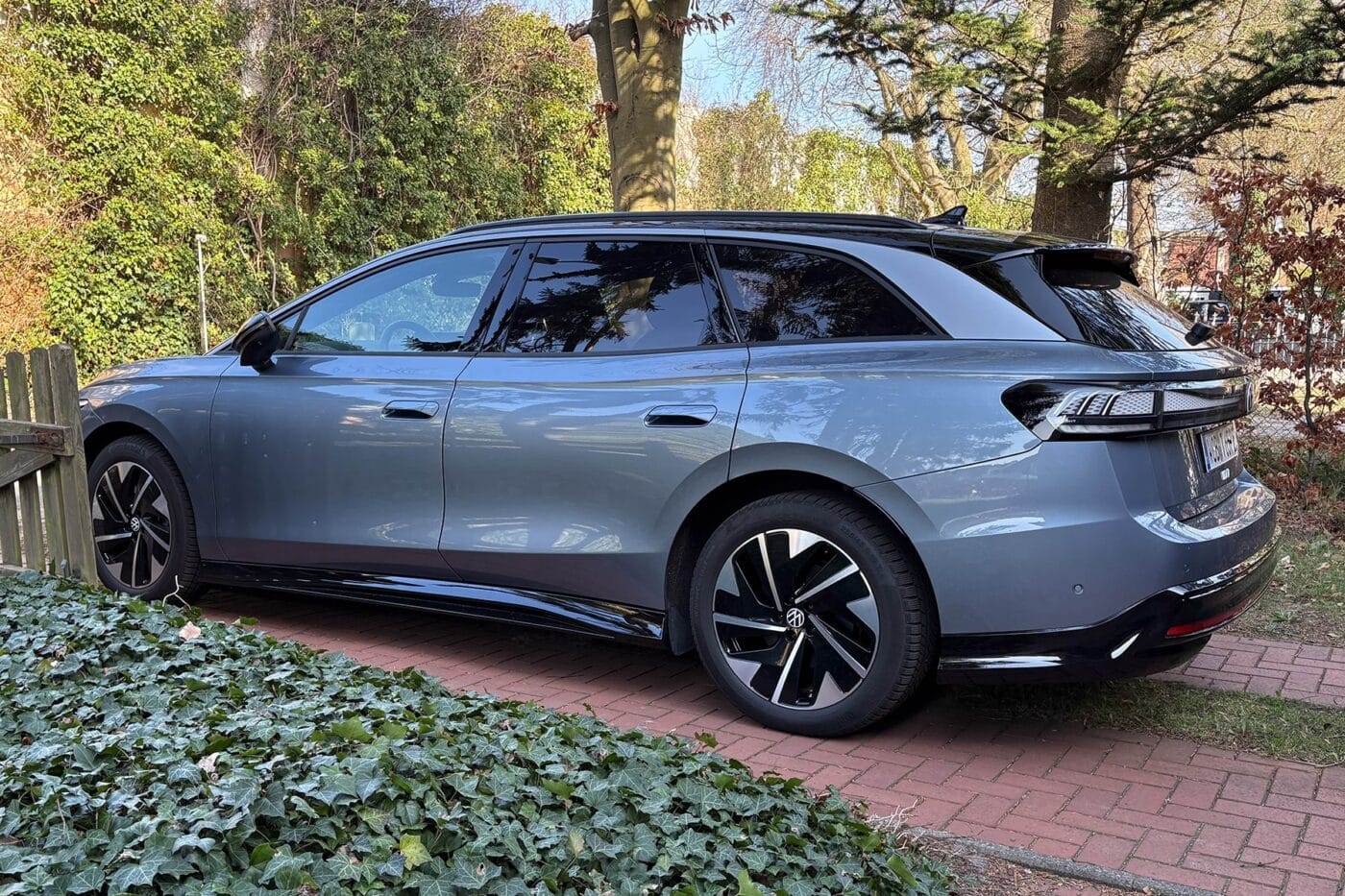

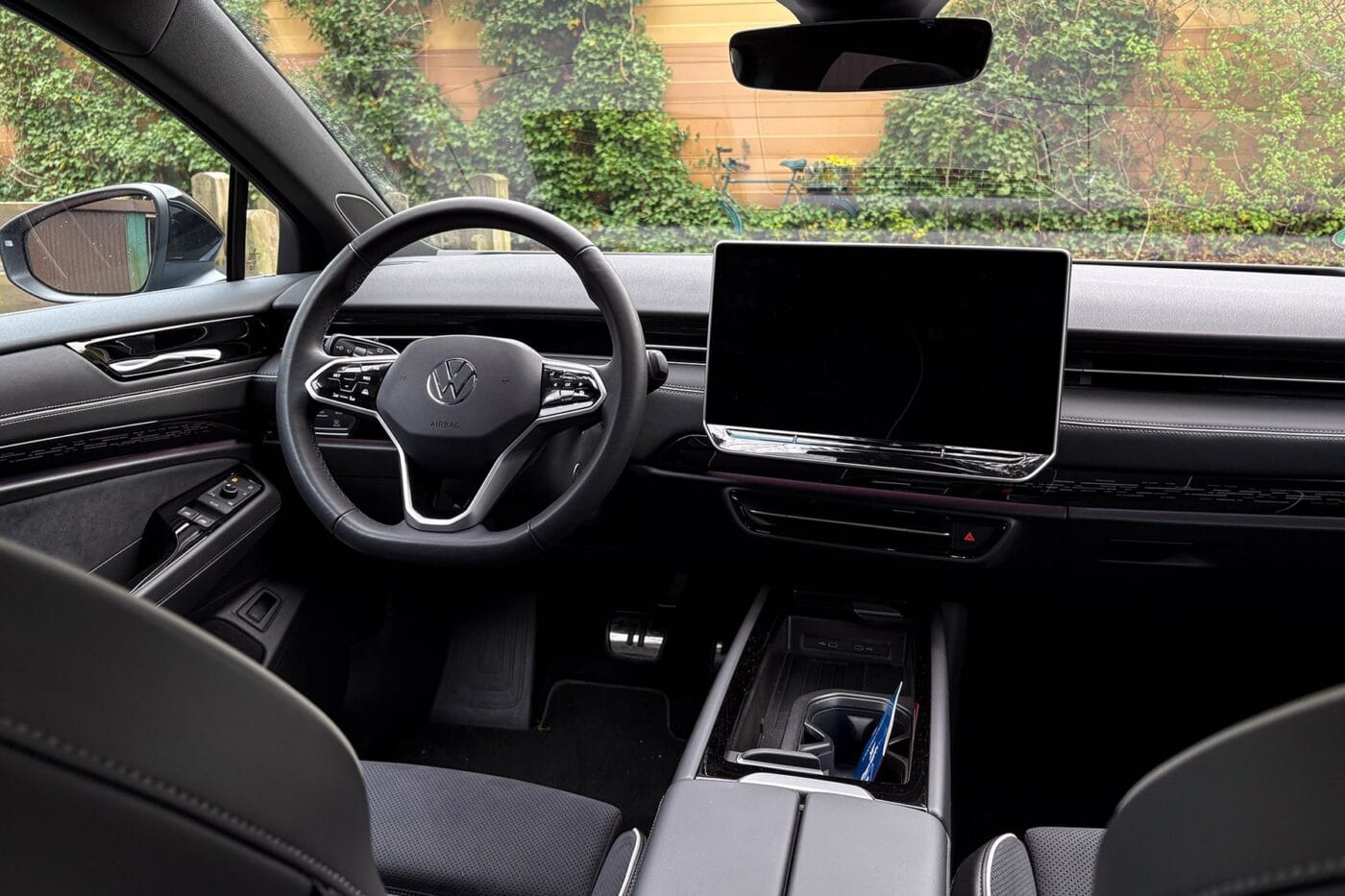
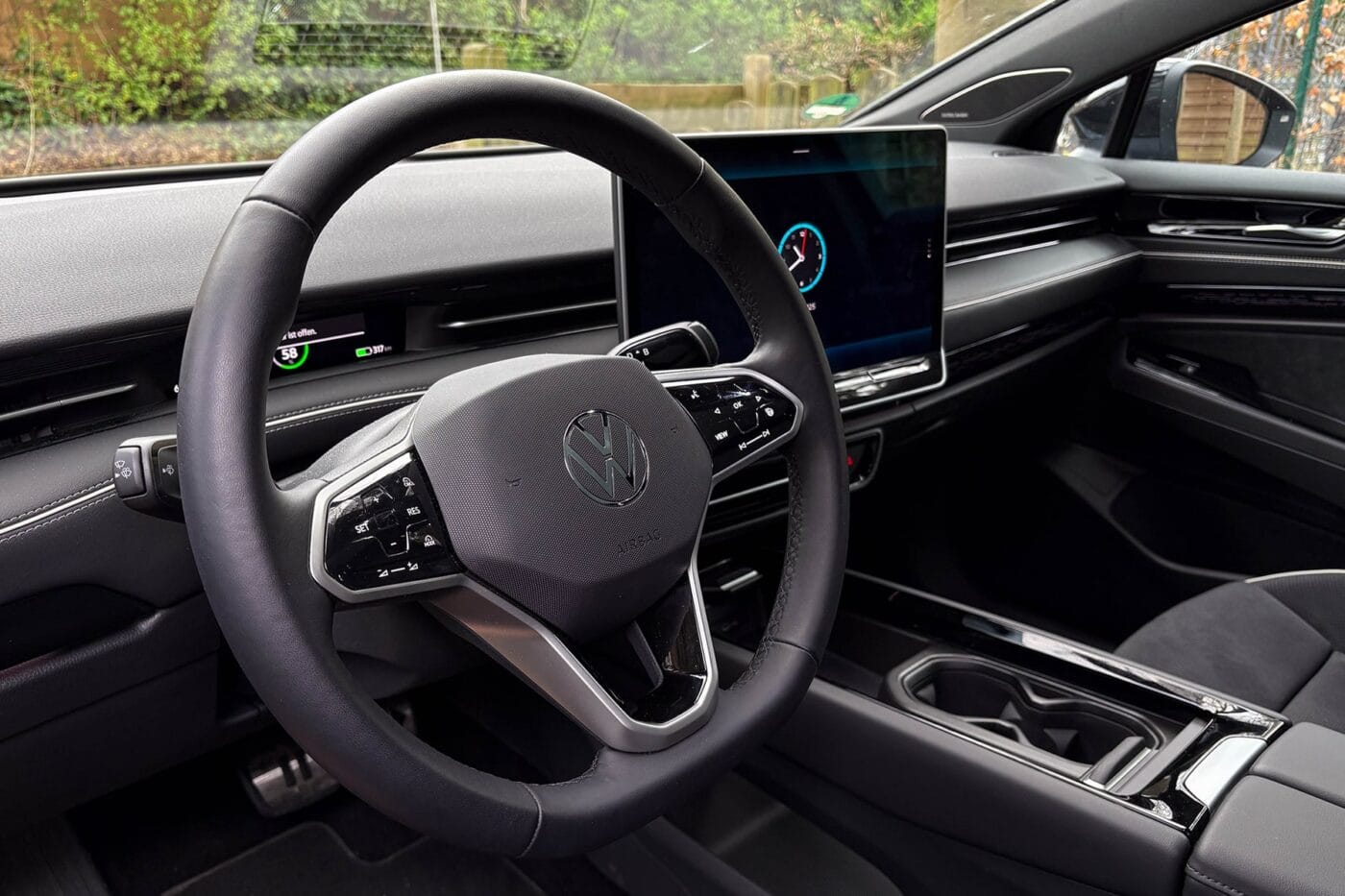
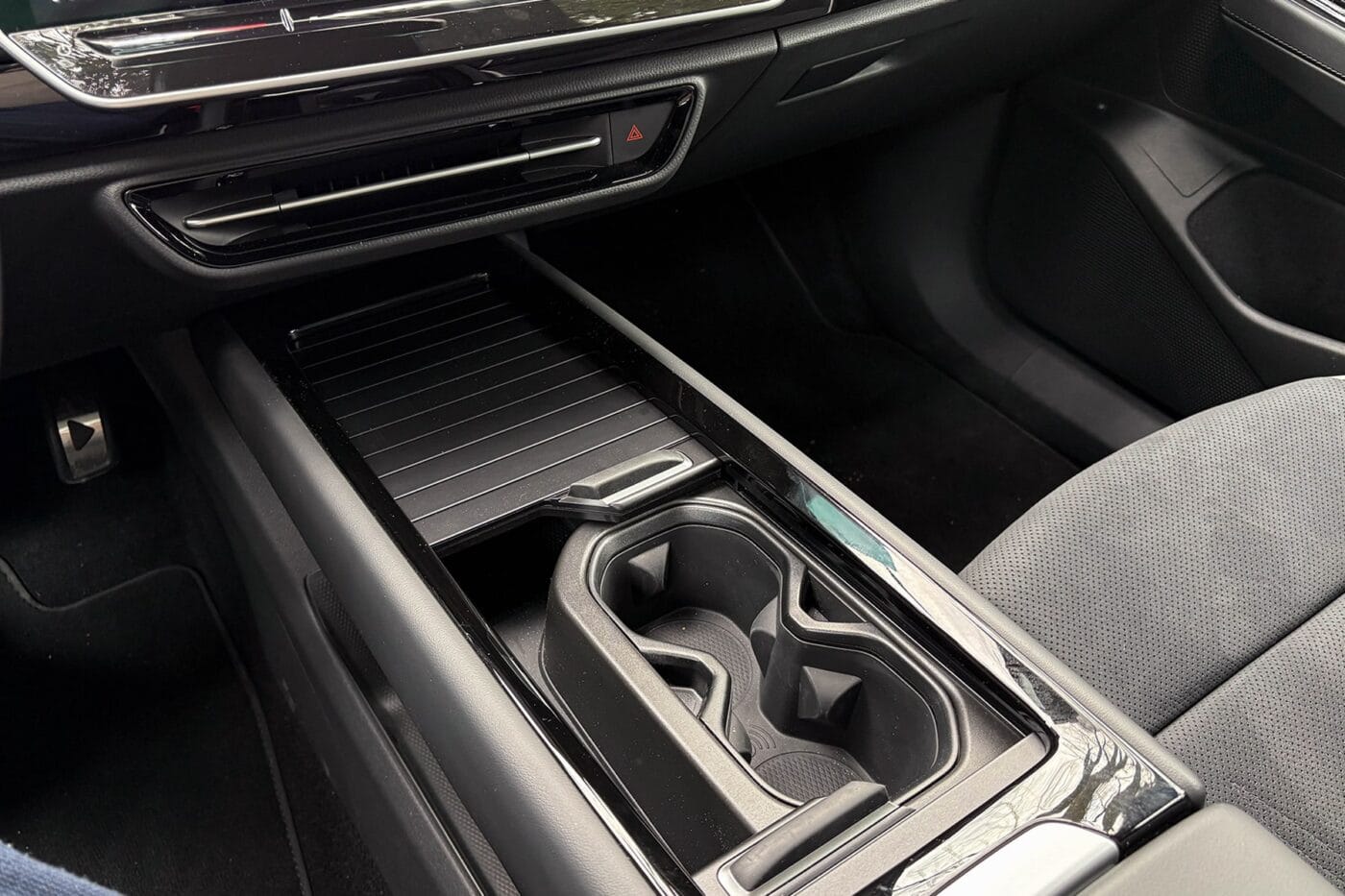
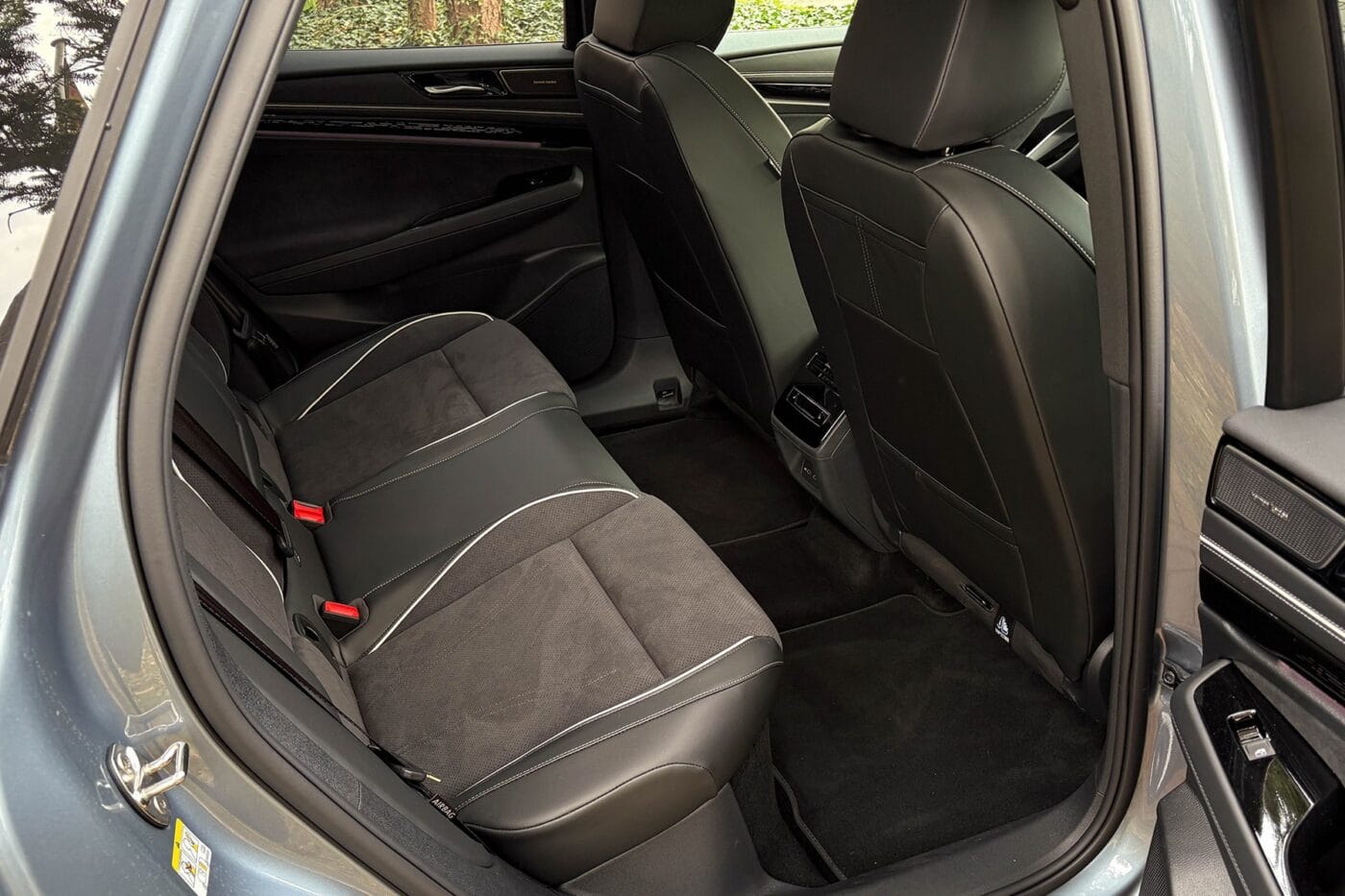
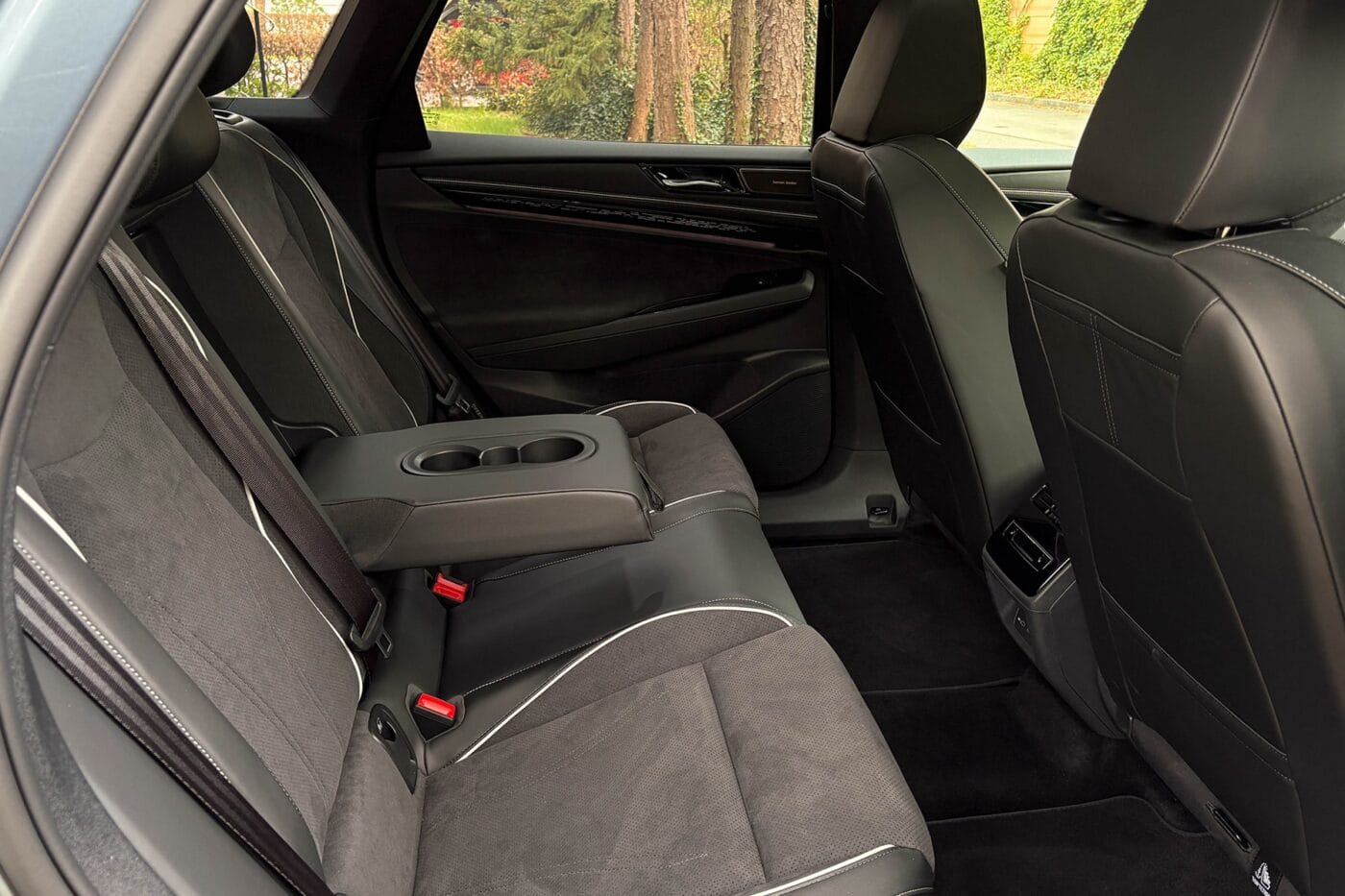
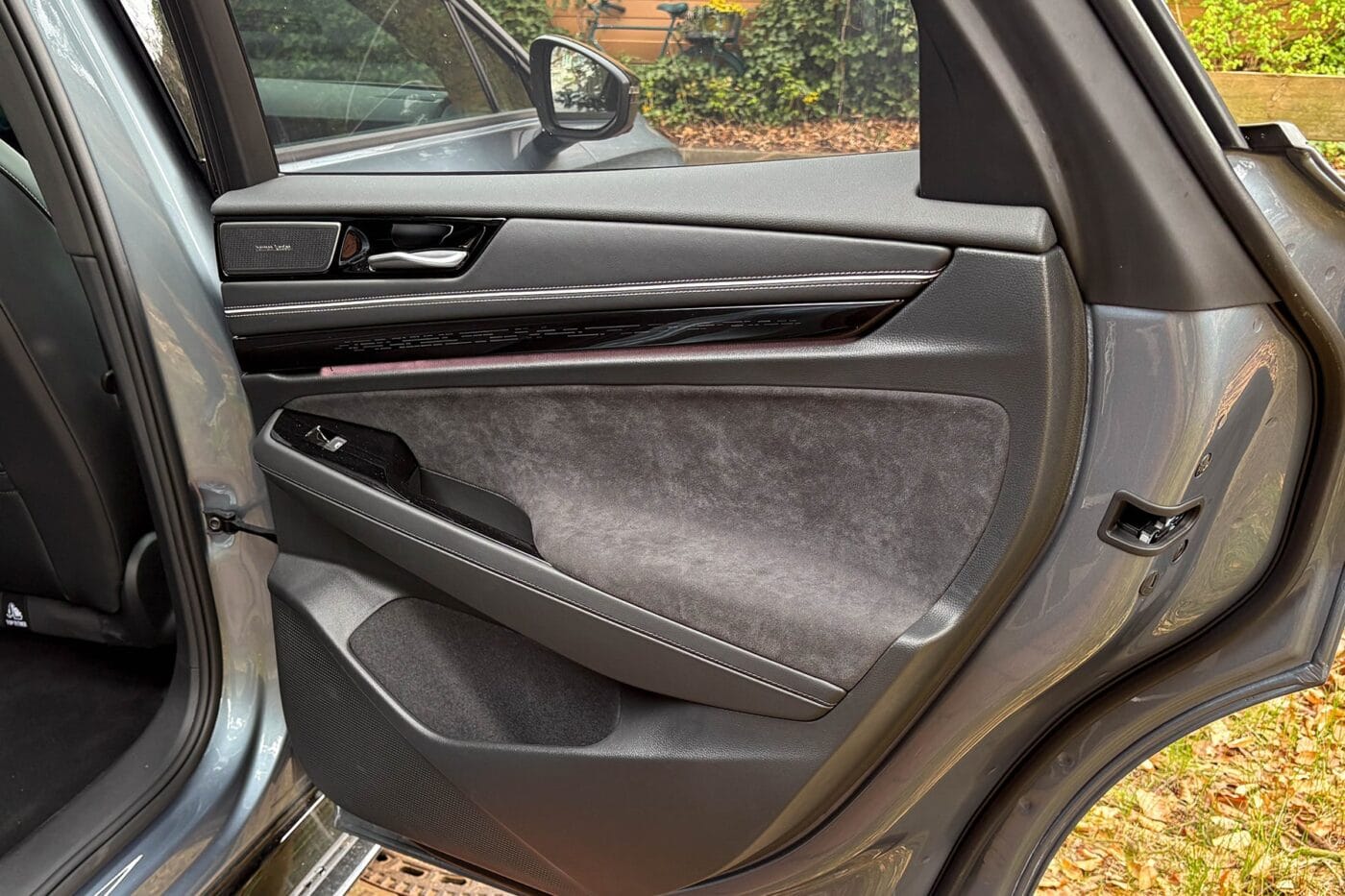
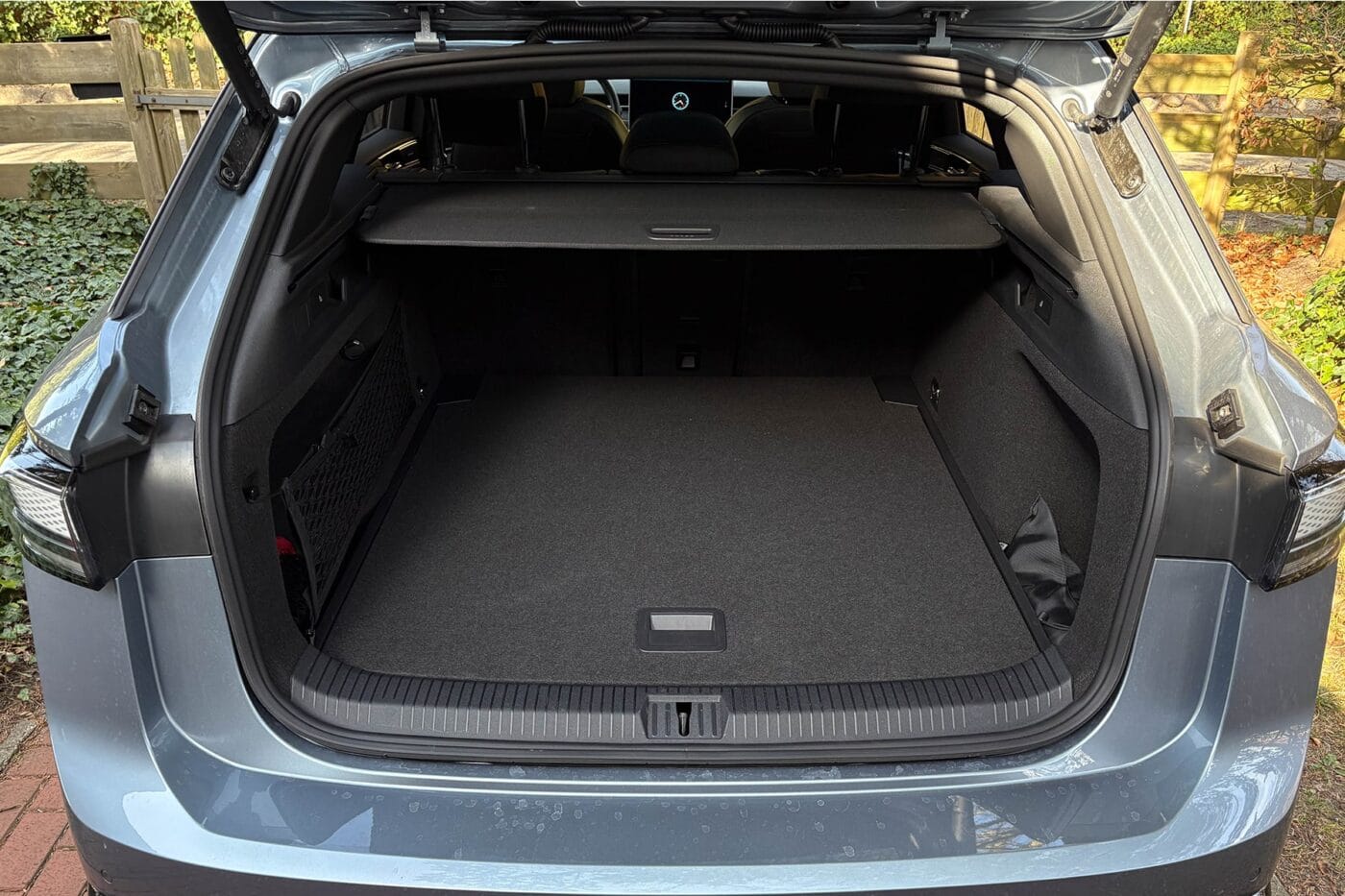
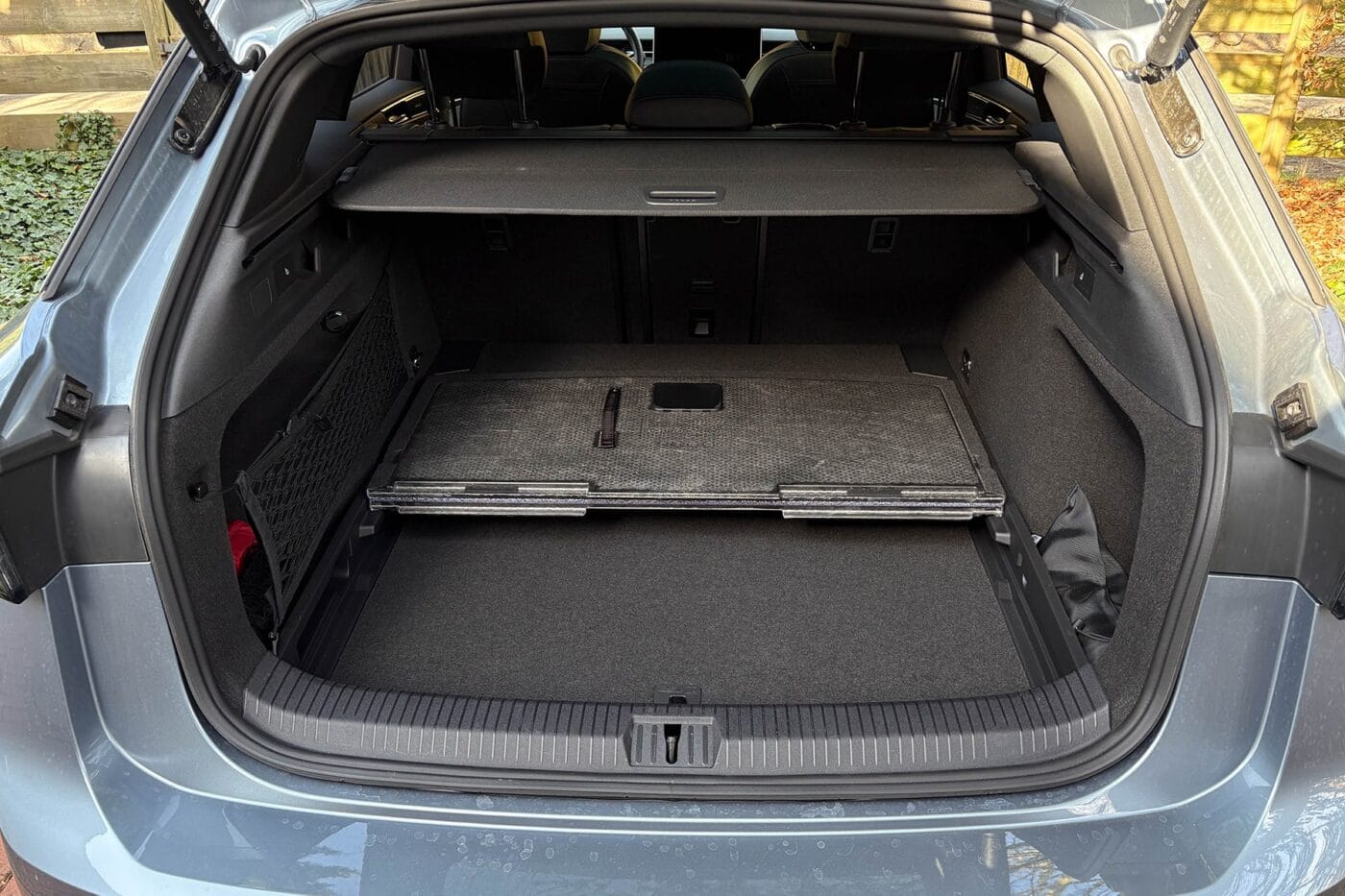
Boot capacity behind the tailgate is 605 litres, 85 litres fewer than the Passat’s 690-litre boot. Hardly a dealbreaker, as there’s still plenty of usable space. The reason is simple: the ID.7 Pro S is rear-wheel drive, meaning the internally named APP550 electric motor sits beneath the boot floor.
More than enough performance
If 210 kW isn’t sufficient, you’ll need to look at the ID.7 GTX. While the sportier version offers 250 kW, the performance gap is modest: from 0 to 100 kph, the GTX shaves just 1.2 seconds off the Pro S (5.5 vs 6.7 seconds). The Passat’s most powerful version, the R-Line, produces 195 kW – but at 5.8 seconds, it still accelerates faster than the ID.7 Pro S. When it comes to top speed, the combustion engine takes the win: 223 kph vs the ID.7’s electronically limited 180 kph – the same applies to the GTX.
In real-world driving, 180 kph proved more than adequate, as did the 210 kW on the rear axle. The GTX’s advantage lies primarily in its all-wheel drive traction – and sportier looks, if that’s what you’re after.
Beyond pure output, the ID.7 impresses with refined responsiveness. Power delivery is smooth and immediate when needed. The vehicle strikes a great balance between comfort and driving enjoyment. It’s entirely capable of spirited driving, if desired. The 10.9-metre turning circle is especially impressive for a car of this size – handy in tight bends and parking manoeuvres alike. Ride stability is excellent, and the suspension impressively comfortable. The adaptive chassis control (available only with the €3,605 ‘Plus’ exterior package) allows for tailored driving dynamics.
But it’s not just the calm, relaxed driving experience that stands out. Cabin insulation is superb – tyre and wind noise remain barely perceptible even at speed. By comparison, the Passat feels almost dated – and surprisingly loud.
Near-perfect long-distance credentials
All that comfort invites long-haul journeys. To make those viable, Volkswagen has paired the APP550 drive unit with an 86 kWh battery – 9 kWh more than in the standard ID.7 Pro (77 kWh). WLTP range (combined) for the Tourer is quoted at up to 690 kilometres.
During testing, ambient temperatures ranged from 10 to 21 degrees Celsius. Regardless of the weather, it was nearly impossible to push consumption above 16 kWh/100 km in city and country driving, according to the on-board computer. The lowest figure we recorded in urban traffic was 13 kWh/100 km; rural driving hovered around 15–16 kWh/100 km. On the motorway, values varied between 17 and 19 kWh/100 km.
The range achievable on a single charge covers a wide spectrum – especially relevant for company car users. Realistic motorway range for the Pro S is north of 400 kilometres, with 500 possible under efficient driving. Those mainly in town or suburban areas will go far between charges.
10 to 80 per cent in 26 minutes
Despite the increase in capacity over the familiar 77-kWh MEB pack, the 86-kWh unit charges even faster. VW claims a maximum DC charging rate of 200 kW, allowing a 10 to 80 per cent top-up in just 26 minutes. Previously, the ceiling was 175 kW.
The ID.7 hits 200 kW early in the charge cycle and maintains it beyond 30 per cent SoC. The rate only begins to drop past 35 per cent. In testing, the claimed 26-minute time was repeatedly confirmed – even at 90 per cent, charging was still occurring at around 80 kW.
VW is clearly extracting the maximum from its 400-volt architecture, resulting in an impressive charging curve. While sub-20-minute charge times like those offered by Hyundai-Kia remain out of reach, the ID.7 holds its own. AC charging at 11 kW takes around nine hours from empty to full.
Manual and automatic battery pre-conditioning
To ensure peak DC charging performance, the battery must be pre-conditioned. The infotainment system informs the driver of the achievable charging rate and whether max power is possible. If not, the system displays the current kW rate and time required to reach maximum. Pre-conditioning can be manually activated via the ‘Start battery heating’ button – a very useful feature.
Route planning is handled via the frameless 15-inch central touchscreen – the ID.7’s main command hub. If a charging stop is included in the route, pre-conditioning activates automatically. The system now performs well, even incorporating Tesla Superchargers. Drivers can also set the desired remaining range before a stop is triggered, though setting a specific SoC is not possible. While driving, the screen shows how long a charging stop will take. One gripe: the predicted SoC at a stop is only visible after selecting the waypoint – room for improvement here.
There’s no need for improvement with the small, minimalist driver display. It always shows current speed, and users can adjust speed warning tolerances (Standard, +5 kph, or +10 kph). This can’t be turned off entirely due to EU regulation, and the setting must be reselected each time – although a shortcut button can be added to the main display.
Battery state is always shown behind the steering wheel, which still features the awkward capacitive touch buttons. Navigation instructions are displayed via the central floating screen or the standard augmented-reality head-up display. Directional prompts from Android Auto or Apple CarPlay also show up here.
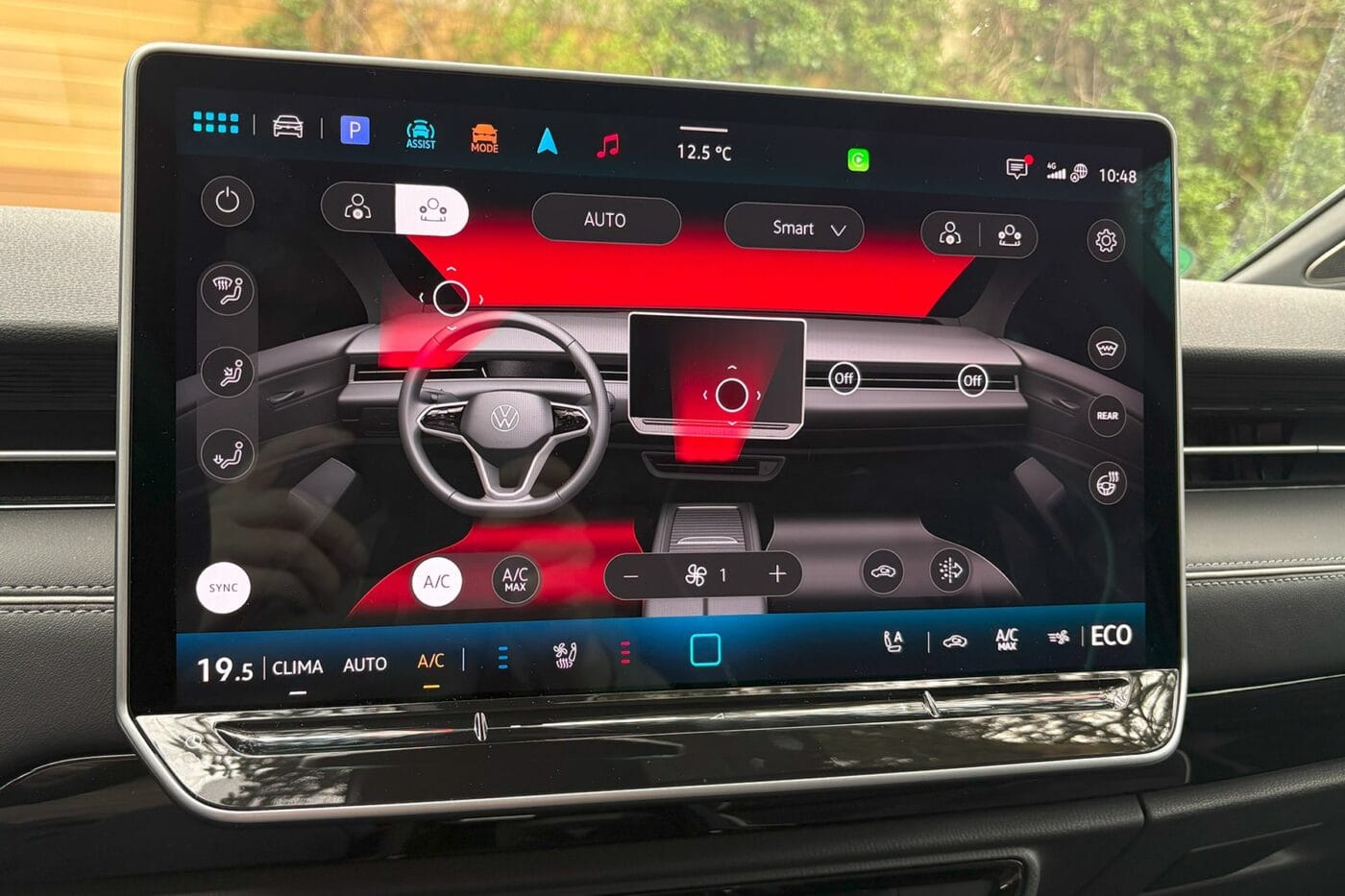
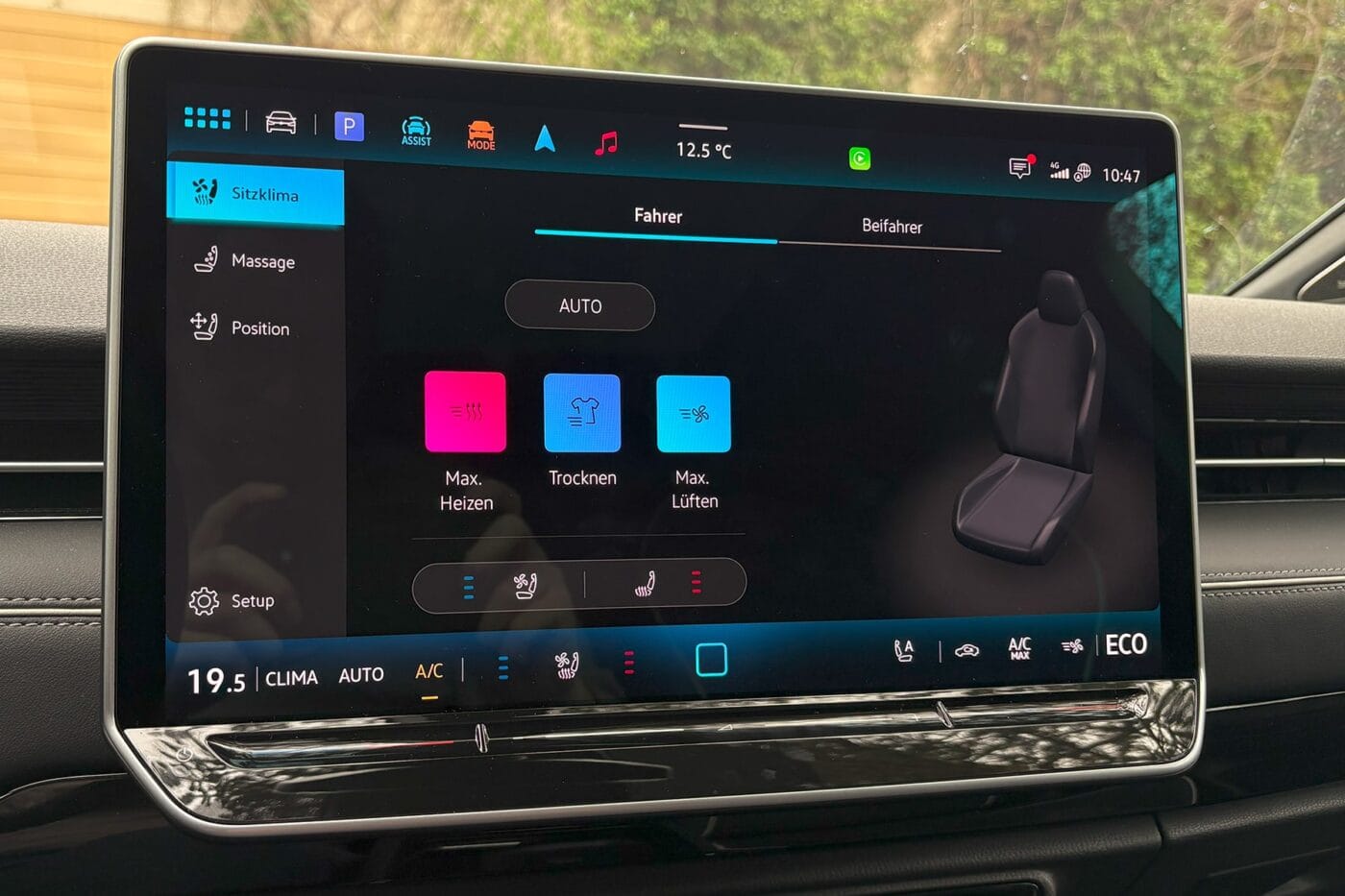
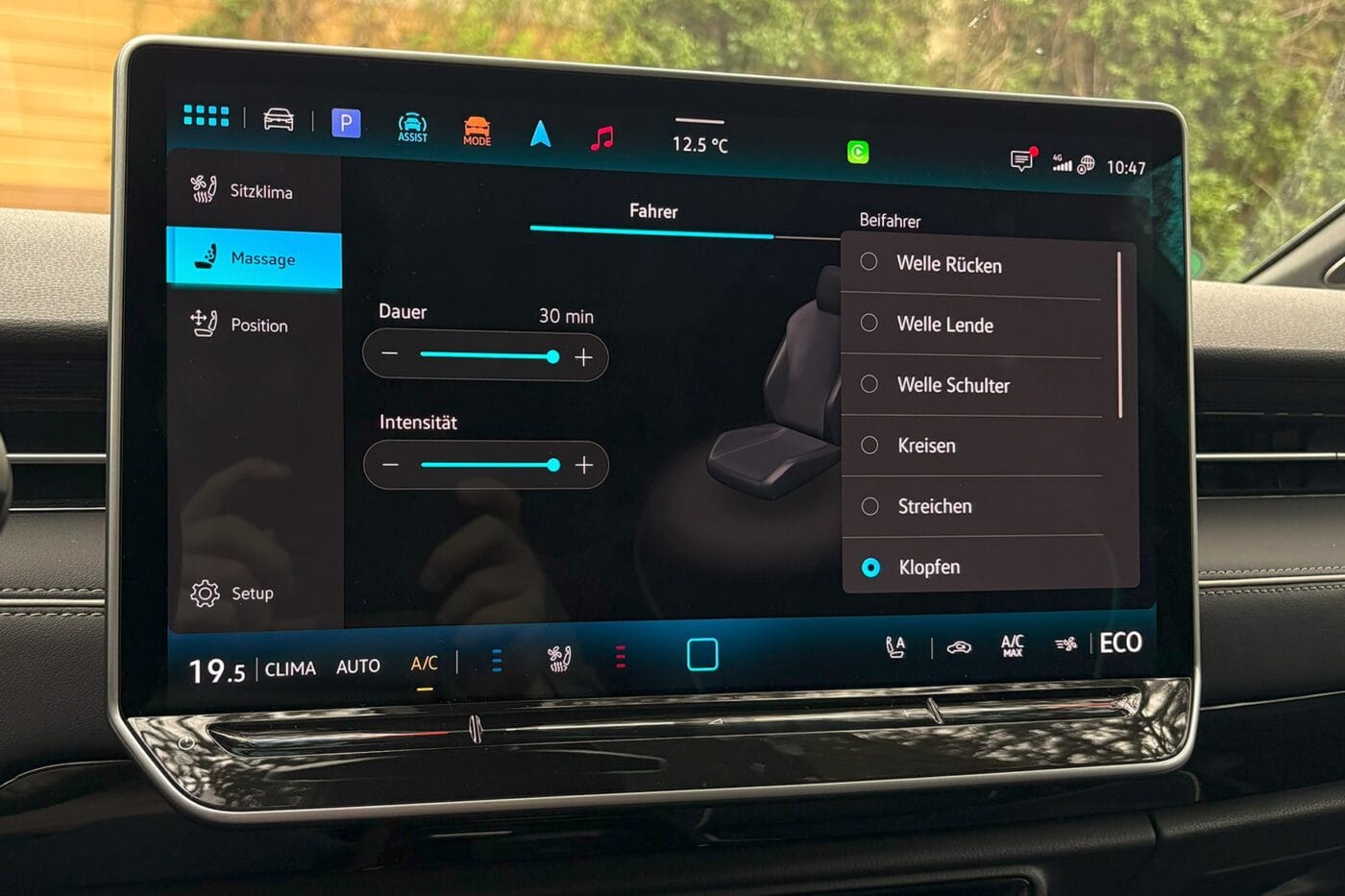
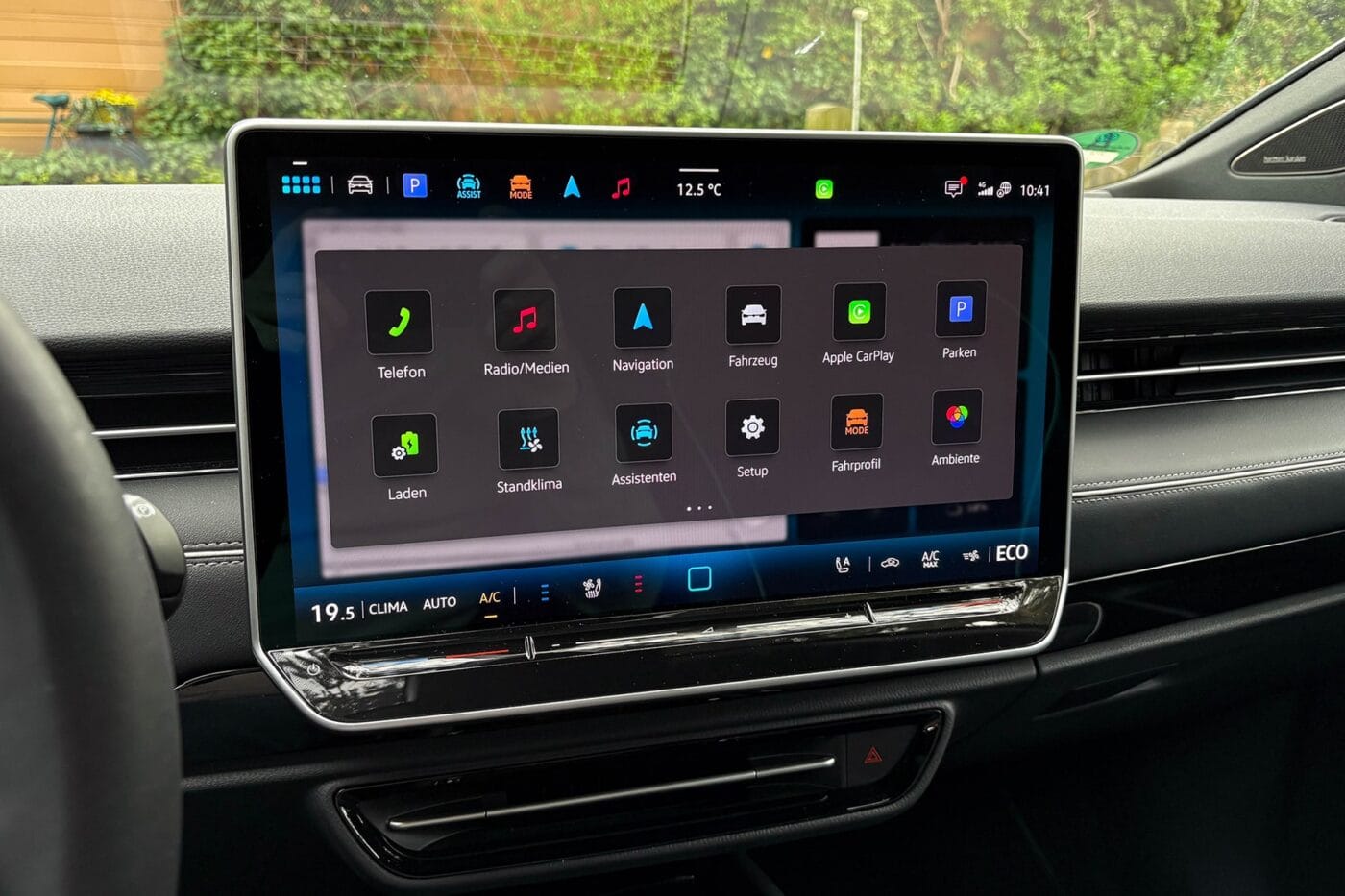
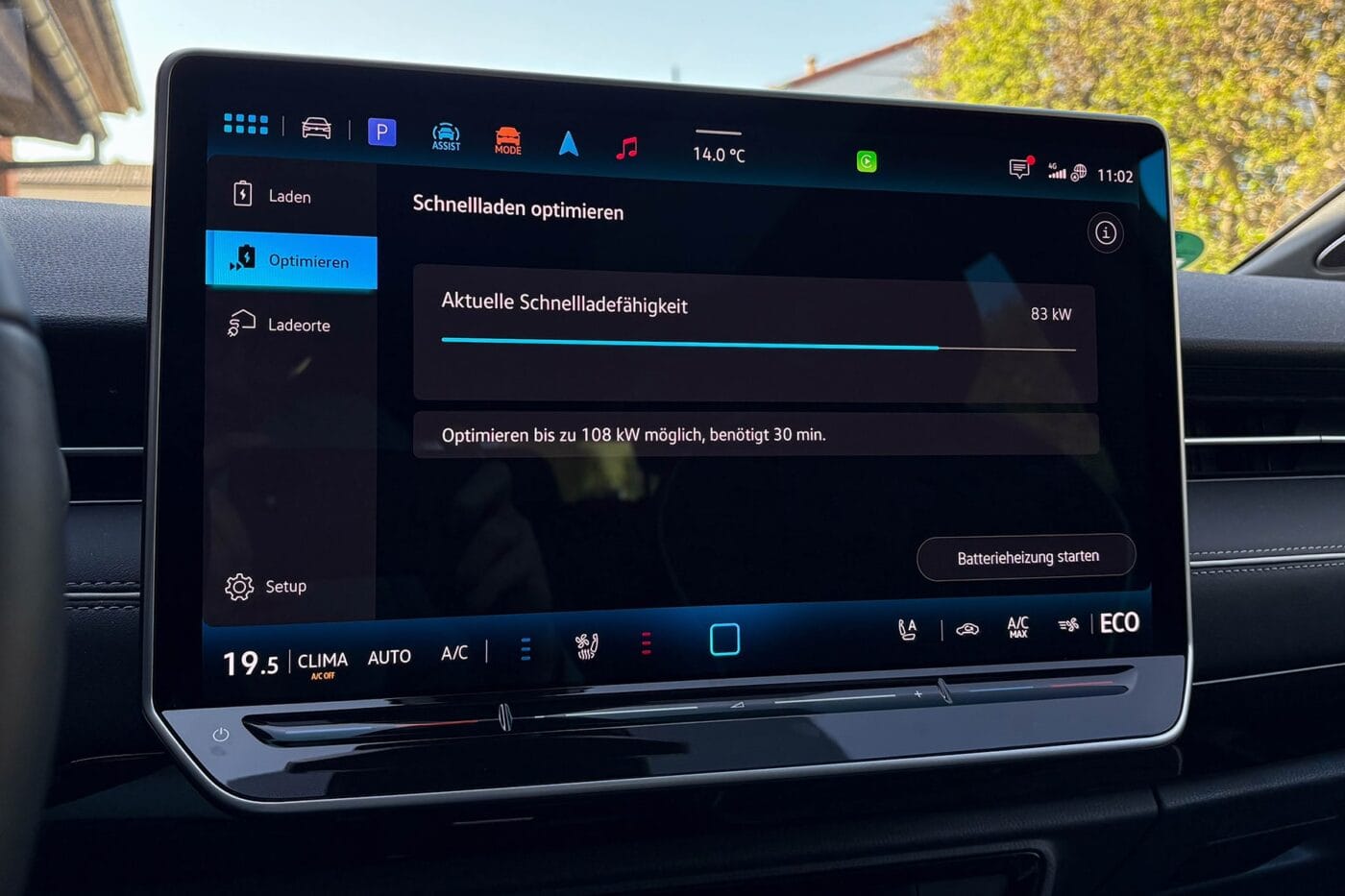
One wish: a physical button steering wheel like in the Passat, which is more intuitive to use. The climate control vents are now only adjustable via the display – there are many fine-tuning options, but the usability isn’t ideal.
However, VW offers a new generation of front seats with adaptive Climatronic. Moisture sensors detect perspiration; internal vents then cool, heat, or dry the seats. Optional massage functions are also available for both front seats.
High-level driver assistance systems
Drivers benefit from a wide range of assistance features. Standard kit includes lane-keeping and lane-changing assist, exit warning, adaptive cruise control, traffic sign recognition, rear-view camera, and parking sensors. Optional extras include ‘Connected Travel Assist# (€1,455), which adjusts speed predictively – including before bends and roundabouts – plus various parking aids and memory functions.
During testing, the systems worked flawlessly – as expected in this price bracket. For company car buyers, this level of assistance is a must. Only traffic sign recognition occasionally misread speed limits.
The 15-inch touchscreen remains the control centre. Buttons and dials are nowhere to be found, as in the Passat. The centre console is somewhat bulky but offers ample storage.
| Pro | Pro S | GTX | |
|---|---|---|---|
| Drive | RWD | RWD | AWD |
| Power | 210 kW | 210 kW | 250 kW |
| Top speed | 180 kph | 180 kph | 180 kph |
| Acceleration | 6.6 s | 6.7 s | 5.5 s |
| Battery (net) | 77 kWh | 86 kWh | 86 kWh |
| Range WLTP | 605 km | 690 km | 584 km |
| Charging capacity AC | 11 kW | 11 kW | 11 kW |
| Charging time AC (0-100 %) | 8 h | 9 h | 9 h |
| Charging capacity DC | 175 kW | 200 kW | 200 kW |
| Charging time DC (10-80 %) | 28 min | 26 min | 26 min |
| Price (in Germany) | 54,795 euros | 59,785 euros | 63,955 euros |
Plenty of space
Whether you go for the Pro S or GTX – the ID.7 Tourer offers vast space and storage. Front and rear comfort match the Passat. Leg and headroom are hallmarks of any good estate, and VW’s electric version lives up to that.
Even with 85 litres less than the Passat, the ID.7 Tourer Pro S offers more boot capacity than many electric rivals: BMW i5 Touring (570 litres), Opel Astra Electric Sports Tourer (516 litres), and Nio ET5 Touring (450 litres). The ID.7 Tourer can tow up to 1,000 kg (braked, 12% incline; 1,200 kg at 8%). Unbraked, it manages up to 750 kg. The GTX goes further, towing 200 kg more in each category. But it still lags behind the Passat, which can tow up to 2,200 kg depending on engine.
Conclusion
With the ID.7, Volkswagen has delivered a compelling electric vehicle. Lessons have been learned – not only in terms of efficiency and charging performance, but also in software, build quality, and materials.
That said, it comes at a price. In Germany, the Pro S starts at €59,785. Compared to the combustion Passat’s base price, it may seem steep. But choose a variant of the petrol Passat to match the ID.7’s equipment and the gap narrows significantly. Add in the 0.25% tax advantage (versus 1% for ICE) – assuming the list price stays under €70,000 – and the business case strengthens further. Fleet managers looking to electrify would be wise to consider the ID.7 Tourer.

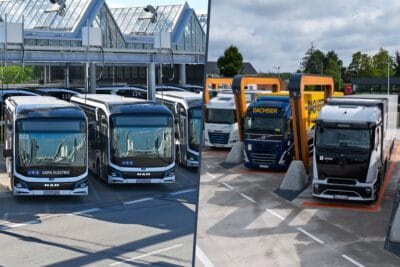
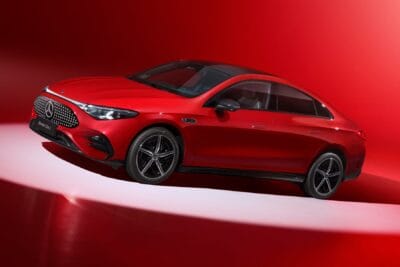
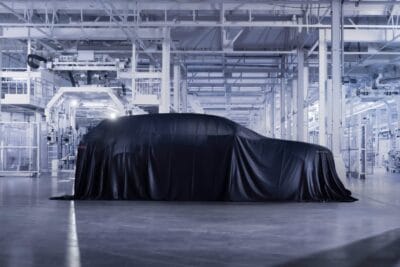
2 Comments